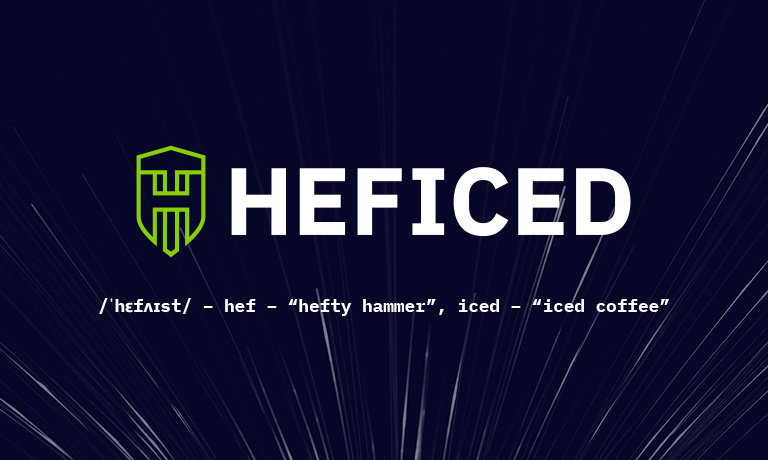Network Infrastructure in 2019, Overview

2019 witnessed many changes in the network infrastructure globally, but several areas are stagnating in comparison with the IT industry overall.
As for 2019, the sector of network infrastructure has been quite vibrant and moving due to many changes. However, there is still some room for improvement, in particular areas that may be regarded as far from being disruptive.
The following network infrastructure industry trends were among the most prominent in 2019.
Industry Disruptors Improved the Internet
It would be difficult to name a single or even a few influencers of various improvements regarding the technical side of the Internet. 2019 was exceptional because of the collaboration of many different companies working within the Internet ecosystem while contributing to their ideas and innovations. “We could see that several technologies were developed within the network ecosystem. The main ones would be IoT (Internet of Things), 5G, AI (Artificial Intelligence), Serverless computing, and open computing. All these technologies are disruptive and developing further. Therefore, it will be interesting to see how they are going to evolve next year and beyond,” - explains Vincentas Grinius, CEO of Heficed, a network infrastructure provider.
More alarms raised about IPv4 depletion
IPv6 (Internet Protocol version 6) is the newest version of the IP (Internet Protocol). Some experts of network infrastructure claim that the Internet as a whole should switch to IPv6; however, others disagree and claim that the resources of the current IPv4 are still unused, and the Internet is not ready to move on from there. As stated by Grinius, this situation is multi-faceted. “The fact is that right now we have 25% of Internet accessibility over IPv6, which means that since 1999 we made very little progress in adopting it. However, high prices of IPv4 will push the adoption forward, and we might see faster adoption to keep cost efficiency. In the upcoming years, IPv4 will remain the dominant protocol.”
Some parts of Internet infrastructure are still stuck in the past
Despite the advancements in Internet infrastructure listed above, there is always a way to go to be truly up-to-date and geared towards the future. “It is great to see such ideas as the IP lease splitting into two markets – residential IPs and IPs for verticals like ISP/Telcos, Hosting industry – becoming true. However, what can be noticed is that IPv4 demand is growing, and more management will be required to control it. Therefore, it should be good to become laser-focused on both network and IP to be more appealing to large companies that still use Excel spreadsheets to track their IP assets.”
Large ISPs Focused on Hyperscalers Only
Overall, the decrease in internet pricing could be noticeable, suggesting that providing these services became more affordable. However, ISPs (Internet Service Providers) generally targeted hyperscalers (large companies seeking to dominate the public cloud and cloud services), which caused issues on broader network infrastructure developments. “This happens because of many competitors, lack of unique market proposition combined with the IP address shortage, which also means higher IP address pricing,“ - claims Grinius.
2019 was a year of changes and challenges for the network infrastructure. As the large part of ongoing development is looking promising, 2020 may bring further advancements, uniquely if new technologies and solutions are integrated and adopted on a broader scale.
About Heficed
Headquartered in London, Heficed provides full-range services for IP lease, monetization, and management services. Heficed serves around 60 multi-billion industries starting from hosting to automotive or healthcare. With the millions of IP addresses and 12 years of industry experience and the operations globally, Heficed can meet any demand needs. That includes automated provisioning bare-metal solutions and cloud services in 9 locations around the world.